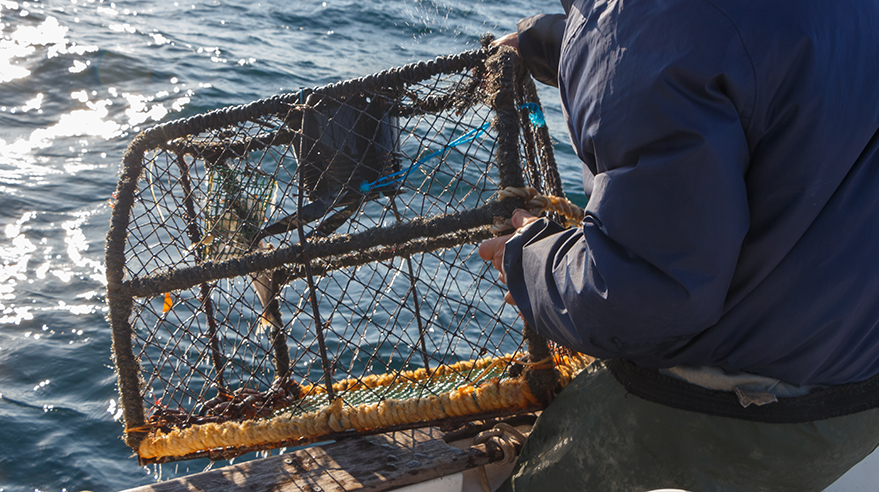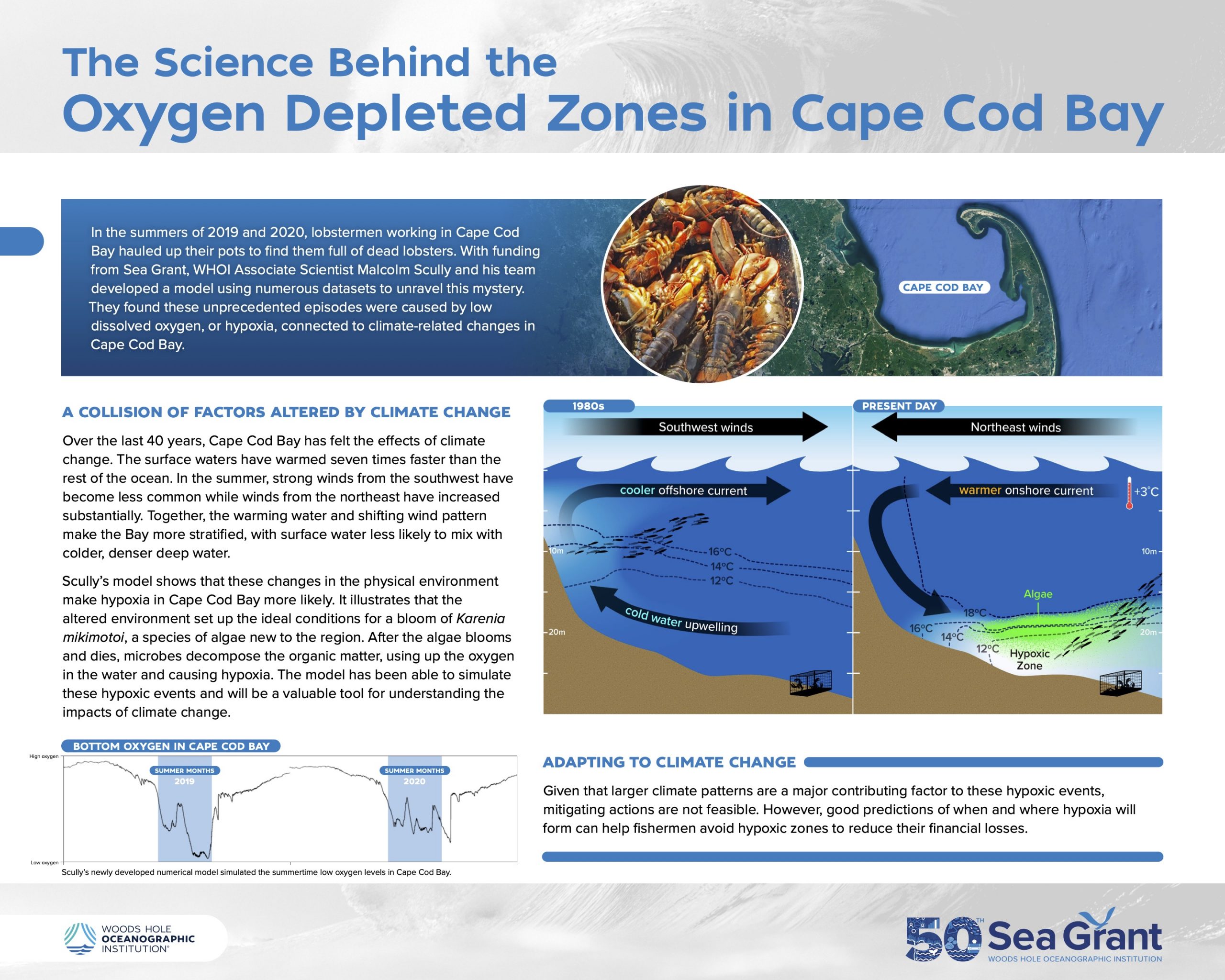Modeling Unprecedented Low Dissolved Oxygen (Hypoxia) in Southern Cape Cod Bay

Abstract
Unprecedented bottom hypoxia has developed in southern Cape Cod Bay in two consecutive summers. The causes of this low oxygen water are not well understood, and represent a significant economic and ecological threat. The greater Gulf of Maine region is experiencing significant regional climate change, including large increases in surface water temperature and shifting summer winds. We hypothesize that these changes have contributedsignificantly to the development of hypoxia and suggest that bottom hypoxia is likely to be a recurring problem for the region. To address this hypothesis we are proposing to develop a coupled circulation—biogeochemical model thatwill be used to conduct realistic simulations for the period 2011-2020. A high resolution model of Cape Cod Bay will be nested within a larger model of the Gulf of Maine to simulate the interactions between physical and biogeochemical processes that result in hypoxia. The model will be used to quantify the impacts of regional climate change including the observed increase in water temperature and the shifts in summer winds. The ultimate goal of this research is to develop a predictive understanding of bottom oxygen dynamics and communicate this understanding to commercial and recreational fishers, state resource managers and the general public. This will be done through regular meetings with Massachusetts Division of Marine Fisheries staff, the Lobster Foundation of Massachusetts and through a project website.
Project Poster

Updates/Reports
Publications
Project Information
Started: February 2022
Completed:
Funded under: NOAA Sea Grant biennial call for proposals
